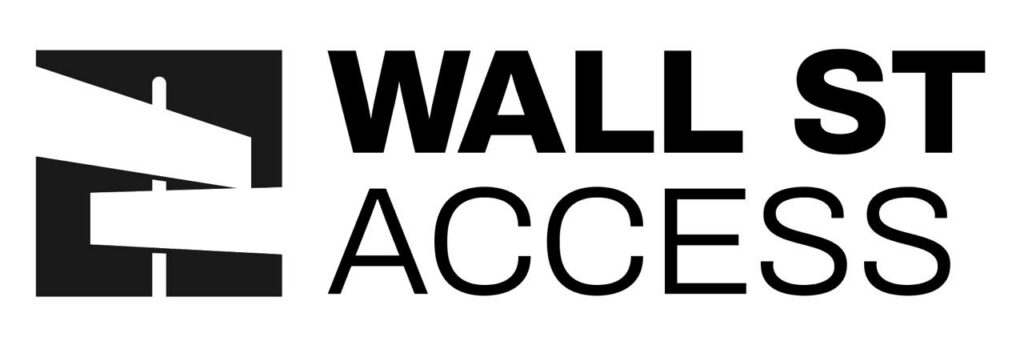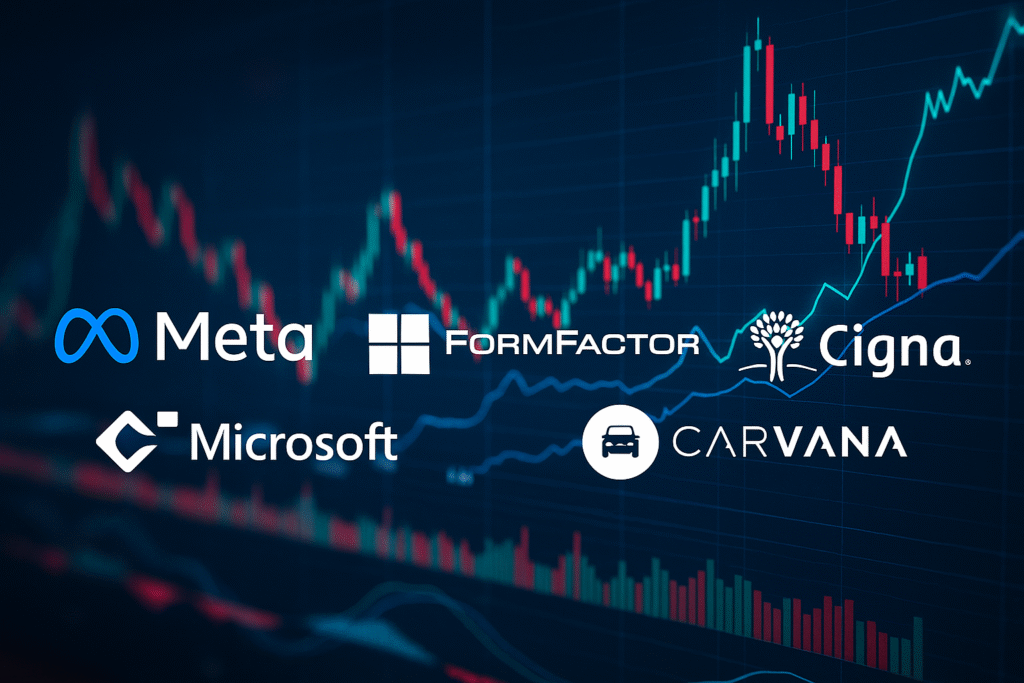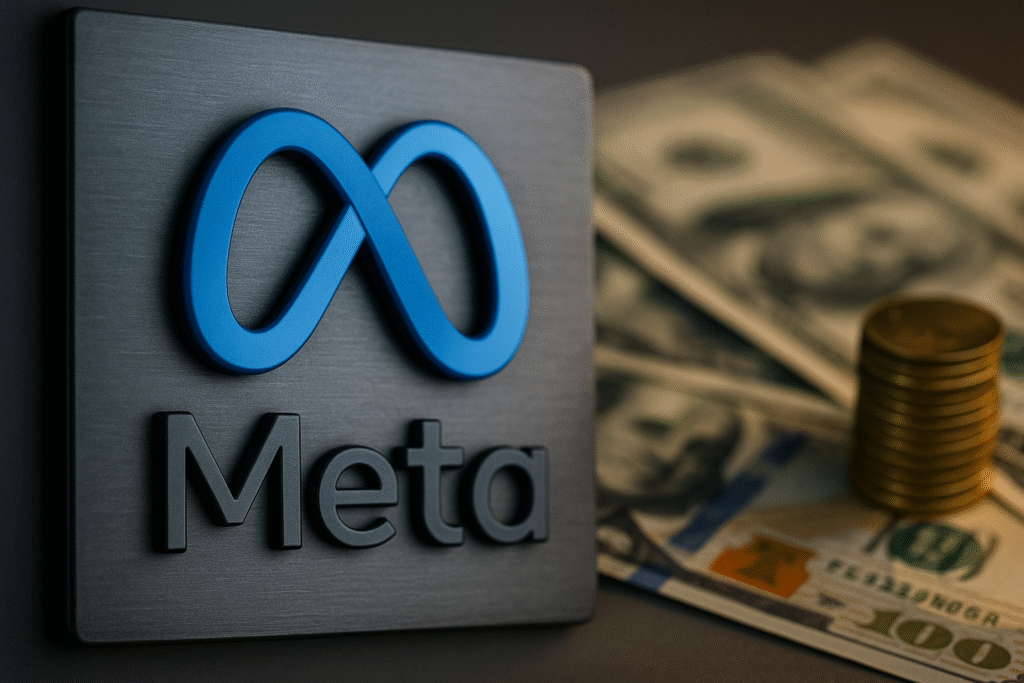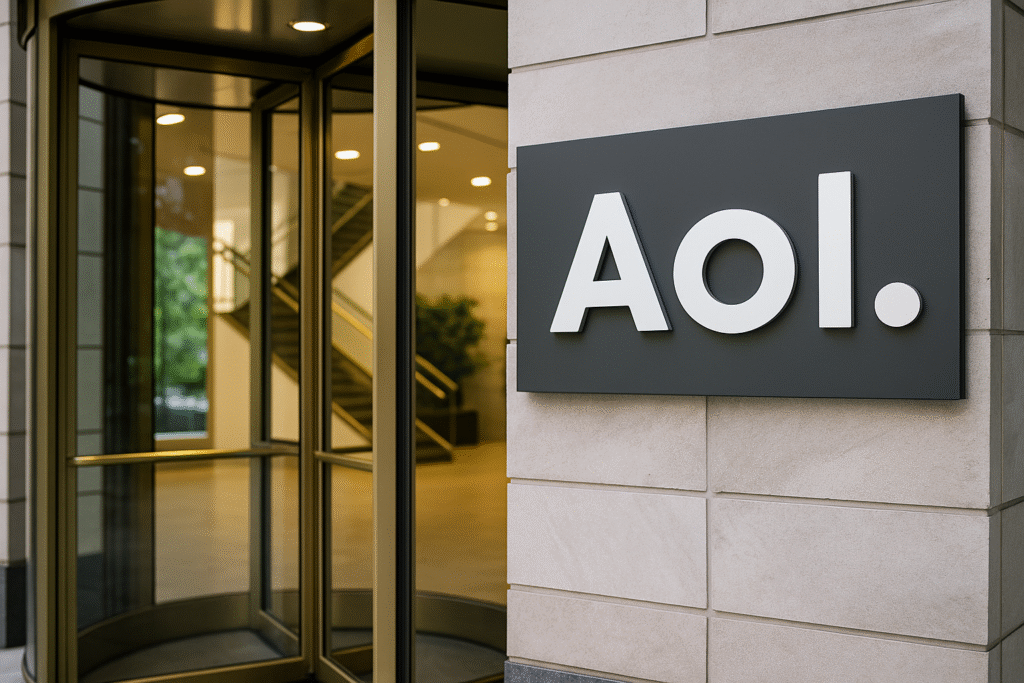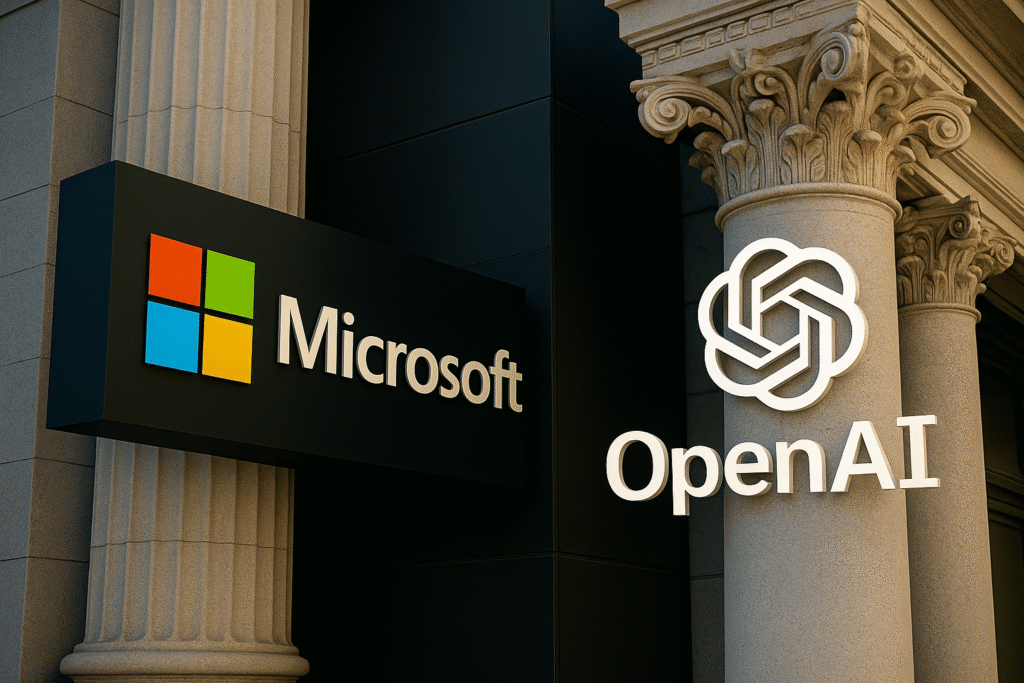AI’s Billion-Dollar Arms Race
If there was one theme uniting Big Tech’s latest earnings season, it’s this: AI spending is going parabolic.
Alphabet, Amazon, Microsoft, and Meta now collectively expect to pour more than $380 billion into AI-related capital expenditures this year — a figure that’s growing faster than revenue itself.
All four companies increased their forecasts within days of each other, sending a clear signal to investors:
AI’s infrastructure buildout isn’t just continuing — it’s accelerating.
The message from the top? Spending will rise before the returns show up.
Amazon and Alphabet: The Market’s Favorites
Amazon (AMZN) impressed Wall Street after beating both revenue and earnings expectations — and lifting its full-year capex forecast to $125 billion (up from $118 billion).
“We believe it to be a massive opportunity with the potential for strong returns on invested capital over the long term,” said CFO Brian Olsavsky.
AWS revenue climbed 20% to $33 billion, keeping it ahead of Azure and Google Cloud in scale, if not growth rate.
Alphabet (GOOGL) also delivered, reporting its first-ever $100 billion quarter and raising capex guidance to $91–$93 billion, up from prior estimates of $75–85 billion.
Strong growth in Google Cloud (+34%) and YouTube ads (+13%) reassured investors that its AI push is translating into real revenue.
Alphabet shares rose 2.5%, extending their 2025 gains to more than 50%.
Microsoft and Meta: Spending Without Clarity
Microsoft (MSFT) — despite beating earnings expectations — saw its stock slip 3% after CFO Amy Hood confirmed capex will accelerate again in fiscal 2026 (up from $64.5 billion last year).
Including leases, that could exceed $90 billion, far higher than initially projected. Analysts applauded Azure’s 40% growth, but the scale of spending spooked investors who wanted clearer return metrics.
Meta Platforms (META) fared even worse, plunging 11% — its sharpest single-day drop in three years.
Despite strong results, the company’s decision to narrow its guidance to $70–72 billion in capex raised fears of another “Metaverse 2.0” scenario — massive bets on technologies with unclear monetization.
Unlike its peers, Meta lacks a cloud business to anchor its AI spend. Its new Superintelligence Labs, led by high-profile hires from Scale AI and GitHub, remains an expensive work in progress.
Reality Labs — Meta’s hardware and AR division — lost $4.4 billion last quarter on $470 million in revenue.
Oppenheimer analysts downgraded the stock, calling Meta’s AI strategy an “unknown revenue opportunity.”
The Bigger Picture: AI Spending Has No Ceiling
Across the hyperscalers, there’s no slowdown in sight.
Analysts at Cantor Fitzgerald estimate total Big Tech capex, including leases, will hit $140 billion this year — up 58% from 2024.
That’s triple the level from two years ago.
While investors worry about the sustainability of that pace, bulls argue that the scale advantage of Amazon, Microsoft, and Google will make it nearly impossible for smaller players to catch up.
Meanwhile, OpenAI’s rumored $1 trillion infrastructure plan with partners like Nvidia, Oracle, and Broadcom shows just how deep this buildout could go.
Winners and Losers of the AI Spending Boom
Winners:
- Alphabet – Turning AI spend into tangible cloud and ad revenue growth.
- Amazon – Balancing profitability with disciplined infrastructure expansion.
- Semiconductor ecosystem (Nvidia, Broadcom, AMD) – Direct beneficiaries of hyperscaler capex cycles.
Losers:
- Meta Platforms – Spending heavily without a clear revenue path.
- Microsoft – Delivering strong results, but punished for rising costs.
- Energy infrastructure – Under mounting pressure to power this exponential compute growth.
The Bottom Line
The AI race is now a spending war. Big Tech’s total outlay is on pace to exceed the GDP of Denmark, yet investors are growing divided:
Is this the dawn of a multi-decade infrastructure supercycle — or the early stages of an AI bubble?
For now, the market is rewarding tangible AI returns and punishing abstract ambition.
WSA Take
This week’s tech earnings reaffirm one thing — AI is no longer a narrative; it’s a capital cycle.
But with over $380 billion in annual spending now committed, the gap between leaders and laggards is widening fast.
Alphabet and Amazon are proving that AI infrastructure can scale profitably, while Meta and Microsoft face tougher scrutiny as their spending surges without visible margin growth.
Read our full coverage on Alphabet’s record-breaking earnings.
Catch the latest market coverage on the Wall Street Access homepage.
Disclaimer:
Wall Street Access does not work with or receive compensation from any public companies mentioned. Content is for informational and educational purposes only.
